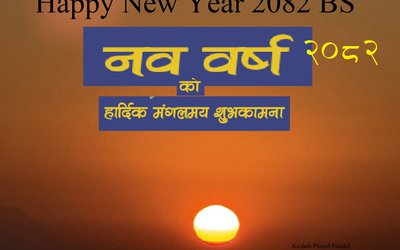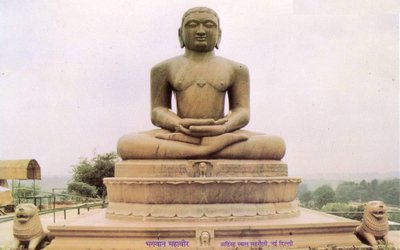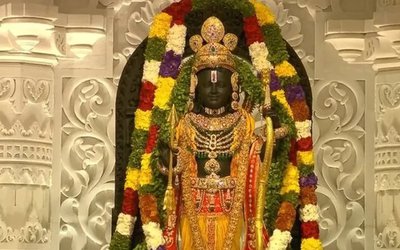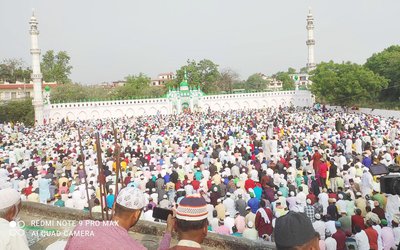
Maghe Sankranti or Makar Sankranti is being celebrated throughout the country today. It is observed by taking holy dips in rivers and ponds, worshiping at various temples and savoring delicacies like ghee, yam, Khichadi and sweets such as Chaku and sweets made of sesame and molasses.
According to astrological charts, Makar Sankranti has special significance as the sun starts its ascendancy entering into the northern hemisphere from this day onwards.
On this day, sunlight moves from the Tropic of Capricorn towards the Tropic of Cancer. It is believed that the days get longer and nights shorter from today itself. According to ‘Bhabisya Puran’ and ‘Dharma Sindhu’, religious texts, devotees will get special blessings and will have a robust body if they observe the festival as per the rituals.
Likewise, the Newar community observes the festival by taking ghee, Chaku and remembering departed souls. This festival is called ‘Ghyo Chaku Sallnhu’. The seniors apply mild-hot edible oil to the heads of juniors on this day.
A large number of devotees throng Devghat, Barahchhetra, Ridi, Panauti, Dolalghat and Kankai in Nepal and Prayag and Gangasagar in India to take a holy bath and perform Shraddha.
The festival has significance in view of Ayurveda and medical science as well. Food items that are taken on this day are the sources of a balanced diet which increases the immunity power of the human body. On this day, a festival is organized at the Tilmadhav Narayan Temple in Taumadhi Tole, Bhaktapur, where puja of Deepakankar Buddha is performed.
The Tharu and Magar communities celebrate this festival as Maghi with much fanfare and gaiety. Likewise, the people in the Tarai districts mark the day as the festival of baths known as Nahan.
The government has announced a public holiday on the occasion of Maghe Sankranti/Maghi festival.
Sankranti in Sanskrit means ‘transition’ or simply ‘going from one place to another.’ So, in simple terms, Maghe Sankranti implies the arrival of Magh (माघ), the 10th month in the Nepalese calendar, and hence celebrated on the first day of this month, which usually falls in mid-January. But, the word Sankranti also refers to the sun’s movement from one zodiac sign to another. At the beginning of the Magh, the sun transitions into the zodiac sign Makar(Capricorn), also known as Makar Sankranti. The Maghe Sankranti festival in Nepal and across the Indian subcontinent is celebrated under different names, marking the beginning of warmer days as the sun starts its northward journey (Uttarayan), ending the winter solstice.
Maghe Sankranti is a widely celebrated festival in Nepal and, hence, a major festival in the country. This festival holds religious and historical significance among different communities of Nepal. It combines the diverse cultural traditions found throughout Nepal. While for one community, it marks the beginning of the New Year, for others, it is a day to remember the loved ones who are no more. People come together to enjoy feasts, sing, and dance, allowing themselves to forget their worries. In Hinduism, leaving the mortal body and achieving nirvana is even an auspicious day. Read along to find out more about Maghe Sankranti in Nepal.
Various communities celebrate Maghe Sankranti as a major Nepali festival across different parts of Nepal. Gathering in one place, singing, dancing, and eating foods like ghee, chaku (solidified molasses of Jaggery), and yam are common across communities. Here is how Nepal celebrates one of its biggest festivals.
Gathering and Feasts
Families and communities gather on Maghe Sankranti to share meals and hearty conversations on this day, signifying the importance of unity and bonding. Local fairs are organized nationwide for people to gather together, where they participate in sports, buy goods, and participate in cultural events.
The gatherings are incomplete without the feasts. People eat Yam, Ghee, Chaku, and Sweet balls early in the morning. In the fairs, they can further explore other food items like batuk (donut-like food made from soaked lentils), meats, kheer (milk-rice pudding), and yamori (sweet dumplings).
Singing and Dancing
Singing and dancing are integral parts of the Maghe Sankranti celebration in Nepal. The marking of the spring season is celebrated with the traditional songs and dances. Men and women participate together in this joyous festival wearing traditional attire. The tharu celebrates the Maghi with traditional Jhumra dance and lathi (stick) dance while magar people perform Maruni and Sorathi.
- 10th Memorial Day Of Gorkha Earthquake
- Apr 25, 2025
- Kathmandu's Maximum Temperature Likely To Dip From Sunday
- Apr 25, 2025
- Budget Session Of Federal Parliament Commencing On Friday
- Apr 24, 2025
- 19th Democracy Day Being Observed Today
- Apr 24, 2025
- Hot Wave Likely To Occur In Terai Belt Of Lumbini Province
- Apr 24, 2025















